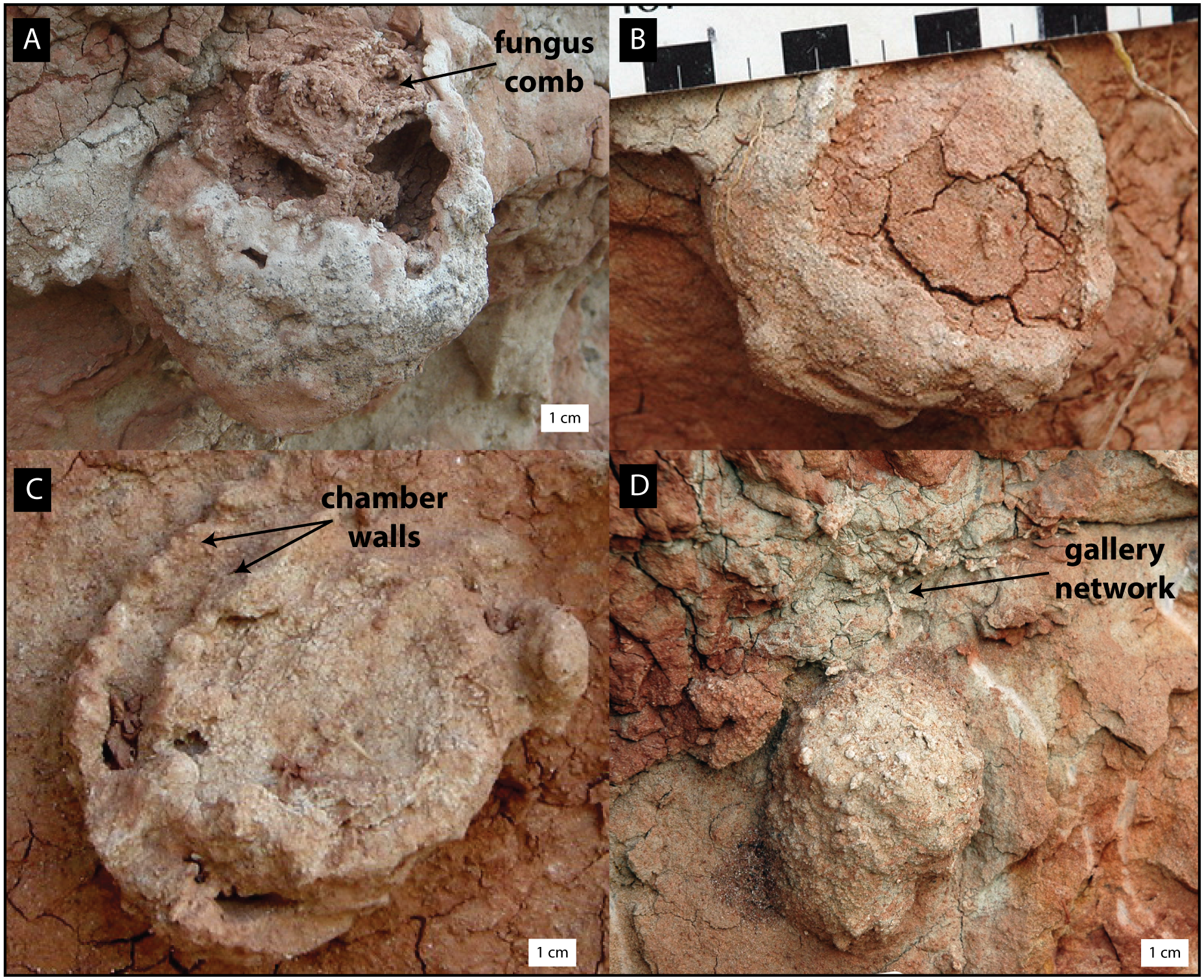Scientists Prove Agriculture Has Existed for 25 Million Years
The earliest evidence for farming comes from insects, not humans.

A modern-day fungus farm. (Photo: Alison Harrington/CC BY-SA-2.0)
This week, a team of scientist announced their discovery of the oldest fossil evidence of agriculture, publishing their findings in PLOS ONE. The discovery impacts our understanding of how environments evolve and how agricultural activities can allow species to spread to new habitats; it also proves that agriculture has been practiced on Earth for 25 million years.
Yes, 25 million years—100 times longer than modern humans have existed on the planet.
No, scientists have not discovered evidence that an advanced race of extraterrestrials used prehistoric Earth as farmland. The team of researchers from James Cook University and Ohio State University have found evidence that termites developed a form of agriculture 25 million years ago, and this development affected termites in much the same way that the development of agriculture affected humans millions of years later.
The researchers’ work focuses on the termite subfamily Macrotermitinae, which has developed an agricultural and symbiotic relationship with fungi. The termites grow and cultivate the fungus within their nests, using it to convert plant material into a more digestible food source. Today, these fungus-growing termites play a huge role in the semiarid savannah ecosystems of Africa and Asia; it’s estimated that over 90 percent of dry wood in these areas are reprocessed by fungus-growing termites.
But while molecular evidence suggests Macrotermitinae developed agriculture around 31 million years ago, very little fossil evidence has been uncovered to substantiate the claim. This lack of supporting evidence, coupled with the evolutionary and environmental importance of the termite—fungus relationship, motivated the research team to seek out confirmation in the fossil record.
The team discovered fossilized termite nests in southwest Tanzania’s Rukwa Rift Basin, part of the East African Rift System. The area where the fossils were located “preserves a particularly important and rare window in the late Paleogene of continental sub-equatorial Africa,” according to the researchers; previously, the earliest record of Old World monkeys and apes, along with many other Paleogene fauna, was discovered there. The well-dated trace fossils discovered by the researchers represent two termite colonies with six to seven fungus chambers and three preserved fungus gardens, confirming that termite agriculture developed 25 to 30 million years ago.

Photographs of specimens in situ displaying different morphologies and weathering stages. (Image: Roberts, et al. / CC BY-4.0)
Based on these findings, the researchers suggest that the termites’ agricultural activity may have allowed them to expand across Africa, possibly alongside—and perhaps contributing to—the expansion of the savannah over the same time period. In a press release from the National Science Foundation, which helped fund the study, co-author Duur Aanen stated that this pattern of agriculture allowing a species to expand into new habitats is readily evidenced in the more-familiar development of human agriculture. Similarly, agricultural practices also modify the environment itself, as co-author Nancy Stevens explained, “The origin of this behavior likely had a profound effect on how nutrients were concentrated across the landscape, influencing the evolution of Africa’s biota.”
Ultimately, the researchers hope their study and findings demonstrate the need for integrating observations from the fossil record with approaches from comparative biology, allowing us to better understand environmental changes in Earth’s distant past.














Follow us on Twitter to get the latest on the world's hidden wonders.
Like us on Facebook to get the latest on the world's hidden wonders.
Follow us on Twitter Like us on Facebook